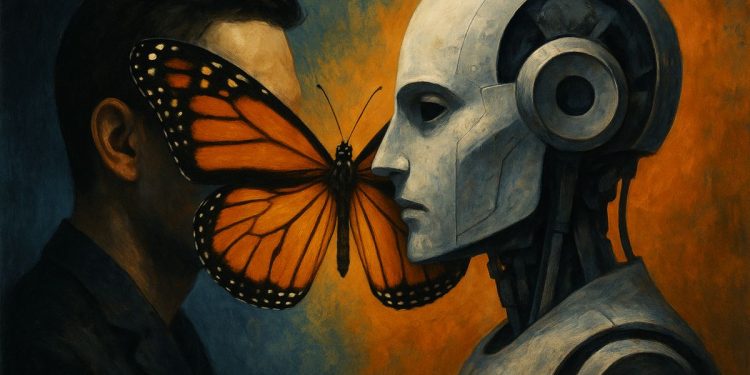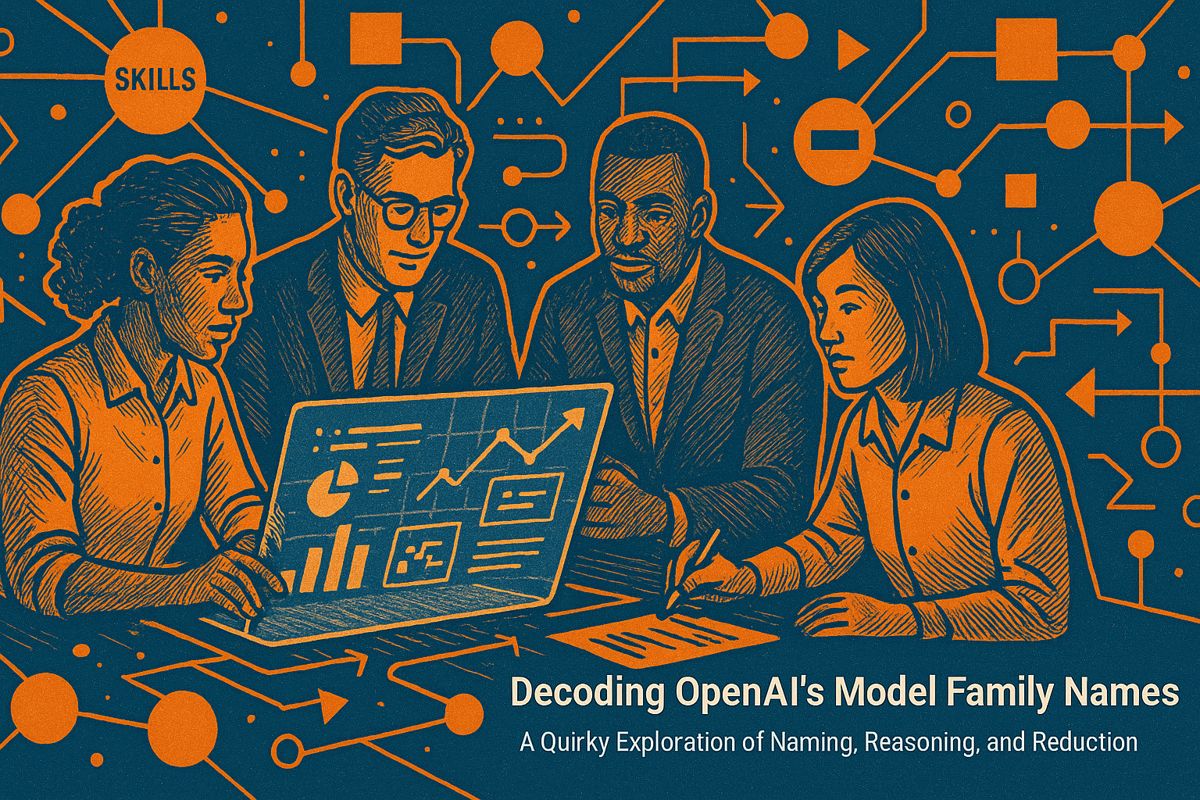MagicPath AI, a pioneering design platform from founder Pietro Schirano, has redefined the creative workflow for its rapidly growing base of 300,000 users following a $6 million funding round. The tool accelerates product design by translating simple text prompts into fully functional app prototypes, effectively eliminating tedious manual layout tasks. Schirano, whose background evolved from nuclear engineering to AI creativity, discussed in a 2025 Dive Club interview how he saw generative AI as the key to unlocking new forms of visual expression. MagicPath AI was created to solve a core problem with early text-to-app systems: the need to manually rebuild AI-generated screens. The platform instead grants direct access to the “neurons in charge of design,” allowing complex prompts to generate responsive interfaces with working components instantly.
Pietro Schirano’s Vision for the Future of Design with MagicPath AI
MagicPath AI transforms app design by converting text prompts into functional, interactive prototypes. The platform automates repetitive tasks like layout and coding, allowing designers to focus on high-level creative direction. This accelerates the path from concept to a testable product without requiring deep technical skill.
Schirano argues that as AI handles routine pixel-pushing, the most valuable creatives will become “design architects” – professionals who blend deep knowledge of visual principles with an understanding of AI model anatomy. Their role will shift to guiding projects, curating AI outputs, and refining prompts.
Key platform abilities that support this vision include:
- Natural language generation of complete UI screens on an infinite canvas.
- Text-based editing for colors, spacing, and component states.
- Code export on the Pro plan, shortening the handoff to developers.
- Real-time multi-user collaboration that fits agency workflows.
According to the 2025 State of AI in Design Report 2025, these features help enterprises cut MVP turnaround times by up to 60 percent.
Growing Adoption and Market Signals
Having secured $6 million in seed funding by late 2025, MagicPath AI has solidified its market position, ranking among the top three AI design tools in recent agency surveys. Its adoption is widespread, with over 40 percent of professional designers integrating the platform into their weekly workflows. Design schools are also incorporating prompt engineering with MagicPath into their core curricula alongside traditional typography.
Schirano consistently emphasizes that the AI serves as a collaborator, not a replacement. This philosophy is embodied in the platform’s “messy infinite canvas,” which encourages broad, divergent exploration before refining a design. While some industry watchers have labeled it a potential “Figma killer” for its ability to generate production-ready code, the company prioritizes coexistence, offering seamless import of Figma design systems to ensure a low barrier to entry.
Redefining Roles Inside Product Teams
With the automation of repetitive layout tasks, MagicPath AI empowers a wider range of team members – including product managers, marketers, and junior designers – to build viable prototypes. This shift allows senior designers to focus on higher-level challenges like narrative structure, accessibility, and user psychology. Schirano views this redistribution of work as critical for creating more inclusive software, as it removes the barrier of mastering complex vector tools to test a concept.
For agencies, the time savings directly translate into greater capacity and client value. Early adopters report a threefold increase in concept iterations per project, enabling data-driven A/B testing at a scale previously reserved for major tech corporations. Schirano’s journey from engineering to creative AI highlights the power of interdisciplinary thinking, and MagicPath’s rapid uptake proves that when technology understands design, creative bottlenecks disappear. The millions of artboards generated monthly are a testament to a fundamental industry shift from manual execution to strategic orchestration.
What makes MagicPath AI different from other design tools?
MagicPath AI positions itself as a collaborator, not a replacement, for designers, product managers, and engineers. Instead of promising a fully automated “text-to-app” pipeline that still needs heavy engineering, the platform surgically activates the parts of large models that understand design, letting users describe ideas in plain language and get beautiful, functional prototypes in seconds. By exporting production-ready code and offering an infinite canvas for messy, iterative exploration, it closes the traditional gap between design and development without forcing teams to abandon familiar workflows.
How fast is the company growing and who is adopting it?
The numbers released in late 2025 show 300,000 monthly active users and a fresh $6 million funding round. Adoption is strongest among product agencies and lean start-up teams that need to move from concept to testable MVP in hours, not weeks. Enterprise accounts report up to 60 % faster turnaround on client pitches, while design schools are adding MagicPath to core curricula, signaling both commercial and educational staying power.
What is Pietro Schirano’s background and why does it matter?
CEO Pietro Schirano began as a nuclear engineer, a discipline that prizes both rigorous systems thinking and safety-critical iteration. That lens shaped his view that creative software should amplify human intent rather than override it. After founding the generative-AI art platform EverArt, he channelled the same philosophy into MagicPath, insisting that the next breakout app “might not be built by 100 engineers, but by a handful of designers who know how to talk to AI.”
Does using MagicPath require deep AI knowledge?
No. The interface is built around natural-language prompts – type “a pastel sign-up flow for a pet-tracking wearable” and the canvas populates with editable layouts, icons, and micro-copy. The learning curve focuses on prompt craft, not coding: refine by saying “make the header smaller and swap the CTA color for indigo” rather than dragging pixels or tweaking CSS. This low-floor, high-ceiling approach lets interns jump in immediately while still giving senior designers the granular control they expect.
How is MagicPath influencing the broader design industry?
State-of-AI-in-Design surveys place MagicPath in the top three most-used AI design tools of 2025, behind only Figma’s built-in AI and Adobe Firefly. More telling is the role shift it accelerates: routine pixel pushing and component libraries are automated, pushing designers toward strategic storytelling, data-informed aesthetics, and cross-functional facilitation. The platform’s code-export feature also dissolves the old “throw it over the wall” hand-off, making “design architect” – someone fluent in visual systems, product goals, and AI behaviour – one of the fastest-growing job titles in tech hiring boards this year.



















